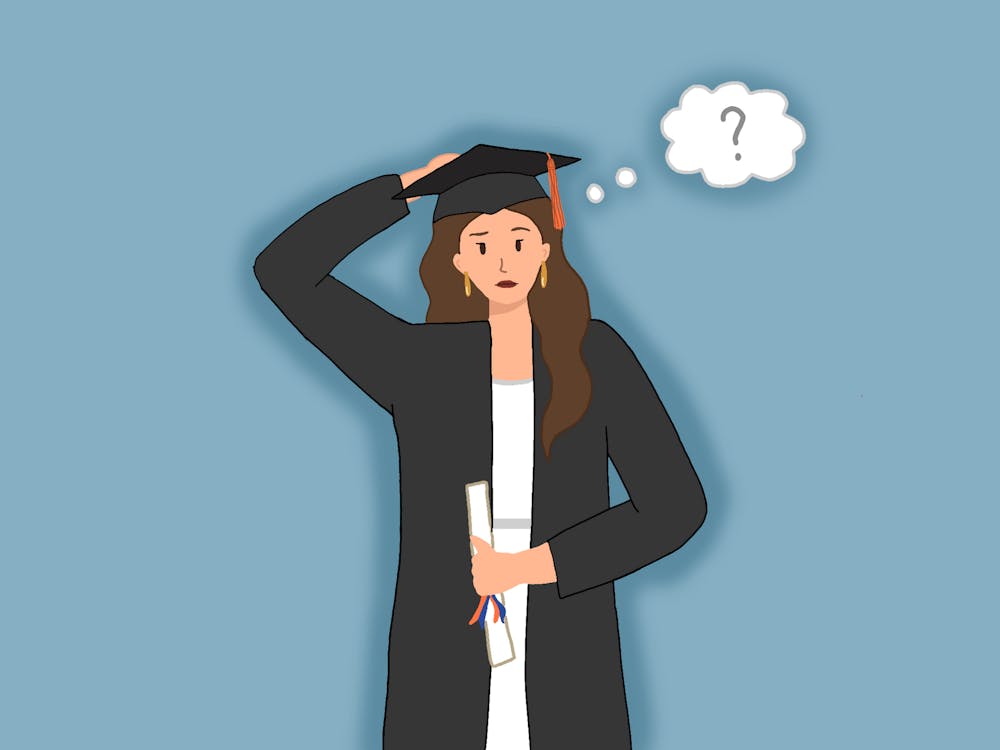SEVENTY-FIVE dollars are put to waste every year by an innumerable number of students -- most of whom don't even realize it. That's Arts Dollars in a nutshell. If you have never heard of Arts Dollars, you are not alone. The program has great potential, but is underutilized due to ignorance about the program's benefits. Stronger advertising and leadership would aid the program tremendously in relaying information about Arts Dollars.
Arts Dollars cover a variety of drama and music performances, as well as the Virginia Film Festival each fall. All together, each student has a total of $75 Arts Dollars -- $15 specifically for the Film Festival each fall, $60 for drama and music performances. Some performances that Arts Dollars cover include the University Art Museum, the University Singers and plays at Culbreth Theater. In other words, there is something for just about anyone.
Arts Dollars are part of the Activities Fee you pay within your tuition. Only $12 is used for the $75 you get in Arts Dollars. The program works because the accumulation of every student's contribution generates a hefty sum. Each program, then, has the funds to create productions and give back through Arts Dollars.
However, most students simply don't know what Arts Dollars are. Students receive information about the program in their orientation packets and through flyers and pamphlets in a variety of locations, according to Jonathan Green, a box office manager for the Drama department. The advertising is not centralized but, rather, split between the different departments involved. Because of the dispersed responsibility, the advertising has been rather passive and ineffective.
Advertising at orientation may have the best intentions, but it is inefficacious. First, trying to inform students about Arts Dollars at orientation is like telling someone to watch a Family Guy episode when they're studying for three exams the next day. They have other things on their minds. The plethora of information given to students at orientation is overwhelming. Most students likely will not even read the pamphlet. Considering the volume of information given at orientation and the amount of choices students have to make (meals plans, what to bring to school, etc.), reading about Arts Dollars holds no immediate urgency.
Passive advertising is the biggest problem in informing students about Arts Dollars. Flyers and pamphlets exist haphazardly in lobbies of various buildings on Grounds. Since the billboards in frequented buildings can only be described as a sea of color and information, very few flyers are ever actually read. The message is out there, but it is drowned out by thousands of other advertisements.
A series of steps could easily correct the problem. The most effective step would be to advertise the use of Arts Dollars when advertising all performances in which Arts Dollars can be used across all departments. Students frequently try to sell tickets for productions outside of a dining hall, for example, but do not always mention that the production would not require anything more than Arts Dollars. Both the student and production would benefit -- the students get to use the Art Dollars they are entitled to and see a production at no cost and the production receives a larger audience.
A second more involved step would be to create a position or group that would be in charge of advertising Arts Dollars. Currently, there really is no one in charge of Arts Dollars. Because there is no concrete leadership, each department involved in Arts Dollars cannot be sure of its responsibilities. Considering the University's reputation of student self-governance, the creation of a position of leadership would be nothing uncommon. For example, such a project would doubtlessly be of interest to marketing students in the McIntire School of Commerce.
These minor adjustments have the potential to significantly increase attendance to drama and music events. Three years after the Arts Dollars program began, student attendance increased over 80 percent, according to the 1995 University President's Report. Considering the amount of students who do not know about Arts Dollars, attendance figures can only grow with better knowledge of the program.
Excellent programs, like Arts Dollars, add value to the University experience. However, the magnitude of that value is severely diminished when the program remains murky in the eyes of students. Considering the quality of theater and musical performances at the University, there is good reason to attend these events, especially when you've already paid for it.
Rajesh Jain is a Cavalier Daily associate editor. He can be reached at rjain@cavalierdaily.com.






